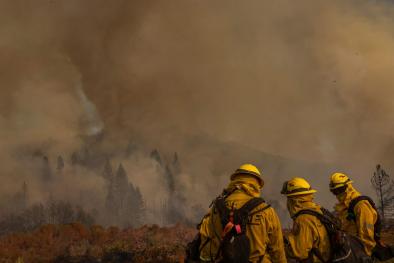Science Source
Human contribution to rapidly increasing frequency of very warm Northern Hemisphere summers
- States that because of the related socioeconomic impacts of very warm summers, there is growing interest in investigating changes in climate extremes across the world and how they may change in the future
- Examines observed and simulated summer temperatures over a set of regions covering the Northern Hemisphere
- Finds that simulated changes are consistent with observed changes over the vast majority of regions when the climate simulation includes changes in anthropogenic and natural influences
- Detects the dominant influence of anthropogenic factors on observed warming in almost every region, which has led to a rapidly increasing risk of hot summers
- Shows that hot summers which were infrequent 20–40 years ago are now much more common
Related Content
Headline

Feb 7, 2024 | Climate Nexus Hot News
Heat And Smoke Are Worse Together Than Apart
Science Source
| Science Advances
Unprecedented climate events: Historical changes, aspirational targets, and national commitments
Noah S. Diffenbaugh, Deepti Singh, and Justin S. Mankin
Science Source
| American Meteorological Society
Sixfold Increase in Historical Northern Hemisphere Concurrent Large Heatwaves Driven by Warming and Changing Atmospheric Circulations
Cassandra D. W. Rogers , Kai Kornhuber , Sarah E. Perkins-Kirkpatrick et al
Science Source
| American Meteorological Society
Diverse Characteristics of U.S. Summer Heat Waves
Bradfield Lyon and Anthony G. Barnston


